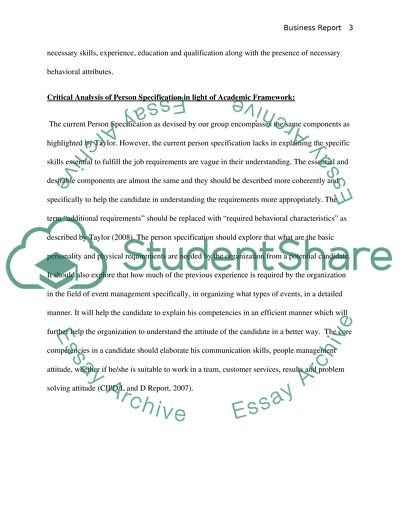Cite this document
(Human Resource Management: Selection and Recruitment Process Assignment - 3, n.d.)
Human Resource Management: Selection and Recruitment Process Assignment - 3. Retrieved from https://studentshare.org/human-resources/1464293-human-resource-management
Human Resource Management: Selection and Recruitment Process Assignment - 3. Retrieved from https://studentshare.org/human-resources/1464293-human-resource-management
(Human Resource Management: Selection and Recruitment Process Assignment - 3)
Human Resource Management: Selection and Recruitment Process Assignment - 3. https://studentshare.org/human-resources/1464293-human-resource-management.
Human Resource Management: Selection and Recruitment Process Assignment - 3. https://studentshare.org/human-resources/1464293-human-resource-management.
“Human Resource Management: Selection and Recruitment Process Assignment - 3”, n.d. https://studentshare.org/human-resources/1464293-human-resource-management.


